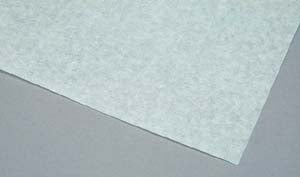1. My wife is a quilter and an expert at making "scale" sails at 1/48 for all my models.
"To scale" involves getting thread size, stitch size, fabric "size", sewing needle size, stitch density, stitch visibility (stitches should not (or barely) be seen - go take some pix of a real three master and you will be hard pressed to see stitches).
2. Making sails is not simple;
a. the smallest thread diameter available is size 100. Occasionally you can find
a synthetic thread in size 120 (a real rarety).
b Sewing machines that can handle thread this small are in the price range $10k to $15k.
c. There is no such thing as a cheap sewing machine for sewing realistic sails.
3. My suggestion is to go to a large quilting supply store (look in the yellow pages) and get some names of quilters who have the machinery and skills to do the job and then hire them to do the sewing. Actually doing the sewing is almost trivial after you have the tools.
4. The real problem is getting the sewing to scale; that means really, really small. Give yourself a break and hire a pro.












